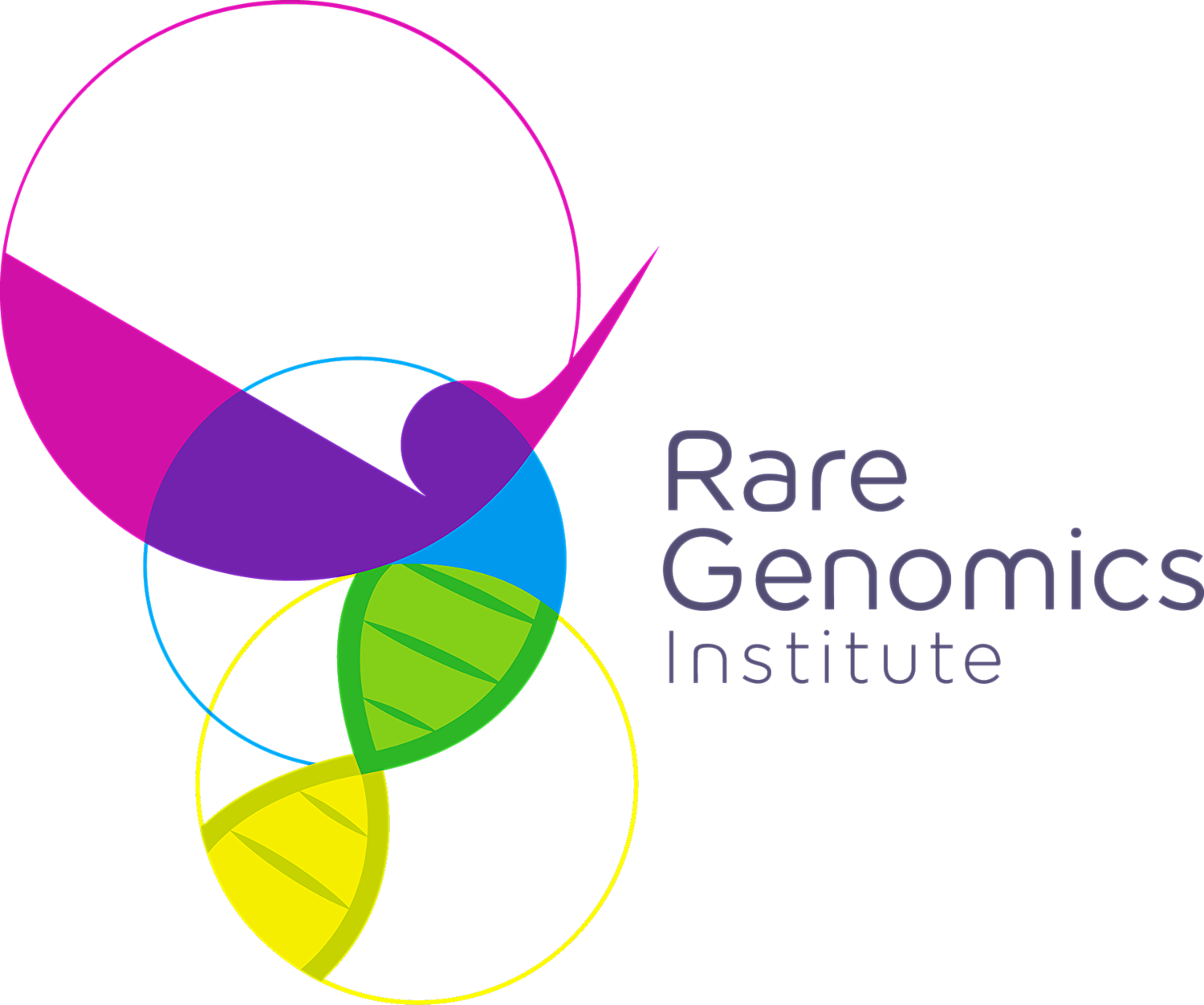A walk in the evening had left senior investment banking executive Tim Johnson in immense discomfort.
The 38-year-old based in Mumbai described a stabbing pain that had developed locally in the lumbar region and had extended to his right leg, which began cramping continuously. The next morning, the pain persisted and was accompanied with stiffness that made movements difficult. Johnson decided to consult an orthopedic specialist. It was February of 2016.
After being put on drugs with little to no improvement, Johnson consulted a gastroenterologist. He was then referred to a neurologist, and it was at this stage that Johnson received his first diagnosis of polymyositis, an inflammatory muscle disease.
Johnson’s month-long stay in the hospital involved running test after test to find a definitive diagnosis and careful deliberation of treatment. He was barely able to walk and dependent on painkillers taken three times a day. A month in the hospital left Johnson with no other choice but to resign from his investment banking work, which could not be left unattended to for so long.
By March 2016, Johnson’s team of medical experts had completed a thorough motor examination that had revealed average muscle status with wasting, stiffness in the upper limbs, excess weakness with spontaneous gross fasciculations in both arms and in some areas of the face. A nerve conduction study and EMG confirmed a final diagnosis—Isaacs’ Syndrome.
Also known as neuromyotonia, Isaacs’ Syndrome is a rare, muscle function disease currently affecting an estimated 100 to 200 people worldwide.
“It being a rare disease, the costs involved were very, very high,” said Johnson, who now works as a financial consultant. “In Indian Rupees, my bill was Rs 20 Lakhs [for hospitalization alone, about $31,000]. The rest of the costs, like travelling, were separate.”
Because the disease is so rare, Johnson has yet to meet anyone else with Isaacs’ Syndrome. But, he says he is part of a Facebook group for people suffering from it worldwide. Here, individuals can exchange ideas and share their stories.
“To be honest, I have been dealing with it alone,” said Johnson, who plans on posting in the Facebook group more often. “I am searching for a permanent solution and [trying] not to continue with symptomatic treatment only.”
Such symptoms that Johnson still deals with on a daily basis are commonly experienced among others with the disease and can occur when the peripheral nerves outside of the brain and spinal cord become easily excited, causing the muscle fibers they synapse with at the neuromuscular junction to continuously contract.1 This hyperexcitability leads to involuntary and constant muscle activity producing stiffness, cramping, and delayed relaxation, all of which can result in difficulty walking as well as fatigue.3
In a subset of cases, other symptoms may include excessive sweating, insomnia, seizures, constipation, and personality change, which may point to Morvan syndrome.3
The specific etiology of Johnson’s Issacs’ Syndrome remains unknown, but in many cases, it is either acquired or inherited genetically. In the case of acquired neuromyotonia, there is evidence suggesting the role of certain antibodies perturbing the normal functioning of voltage-gated potassium channels.2 These antibodies have been detected in 30-50% of patients.7 Neuromyotonia can also be triggered by an altered immune response to a neoplasm, or tumor, and is paraneoplastic in up to 25% of patients—often signaling potential thymus or lung cancer.7
While some cases of Isaacs’ Syndrome are acquired and may predate cancer, Isaacs’ Syndrome can be inherited as well. In 76% of patients with autosomal recessive axonal neuropathy with associated neuromyotonia (ARAN-NM), mutations in the histidine triad nucleotide-binding protein 1 (HINT1) gene on chromosome 5q31.1 were identified.4
“As far as I can recollect, there were no genetic tests performed,” Johnson wrote in an email. “PET scan was performed, and it showed no traces of cancer. [My] clinical manifestation of Isaacs’ Syndrome was typical.”
Today, Johnson is still managing his symptoms, which continue throughout the day and even during sleep. However, with a balance of medication, meditation, yoga, and walking, his symptoms have reduced in intensity. Aside from closely monitoring any changes due to medication or food, Johnson says he tries not to think about his disease too much.
Instead, he strives to keep a positive outlook on life by watching inspirational movies “again and again and again,” including the Rocky series.
“I have this quote: ‘Going in one more round when you don’t think you can – that’s what makes all the difference in your life’ by Rocky Balboa in my room,” Johnson said. “I see it first thing early morning and the day is history.”
Johnson says he views his disease both as an opportunity and responsibility to connect with more people and organizations, create awareness, and to learn more about himself.
“I wish and urge people to create the power of awareness and be a part of any social expedition to help others,” Johnson said. “Because of the position that I’ve been put in, I think it’s important to use my voice and people’s support to do as much as I can.”
The patient's name has been changed to maintain confidentiality
Sources
- UpToDate -Paraneoplastic syndromes affecting peripheral nerve and muscle, Josep Dalmau, MD, PhD and Myrna R Rosenfeld, MD, PhD
- Newsom-Davis J, Mills KR. Immunological associations of acquired neuromyotonia (Isaacs' syndrome). Report of five cases and literature review. Brain 1993; 116 ( Pt 2):453.
- (https://rarediseases.org/rare-diseases/acquired-neuromyotonia/)
- Ahmed A, Simmons Z. Isaacs syndrome: A review. Muscle Nerve 2015; 52:5.
- Tim’s pdf document
- http://www.orpha.net/consor/cgi-bin/OC_Exp.php?lng=EN&Expert=84142
- Skeie, G. O., Apostolski, S., Evoli, A., Gilhus, N. E., Illa, I., Harms, L., Hilton-Jones, D., Melms, A., Verschuuren, J. and Horge, H. W. (2010), Guidelines for treatment of autoimmune neuromuscular transmission disorders. European Journal of Neurology, 17: 893–902. doi:10.1111/j.1468-1331.2010.03019.x






